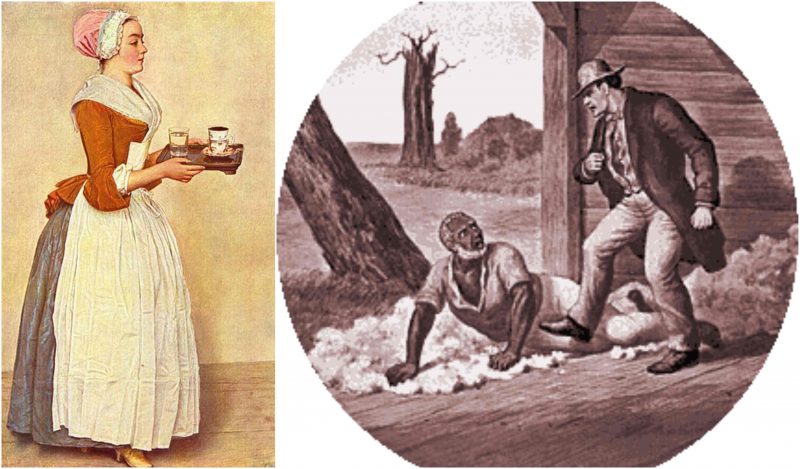“One hundred fifty years after the Civil War began, we’re still fighting it — or at least fighting over its history. I’ve polled thousands of high school history teachers and spoken about the war to audiences across the country, and there is little agreement even about why the South seceded. Was it over slavery? States’ rights? Tariffs and taxes?” – James W. Loewen, Emeritus Professor of Sociology at the University of Vermont.
Here are 5 myths about the Civil war, slavery, and American colonies.
Myth #1: Irish slaves in the American colonies – “The white slaves”.
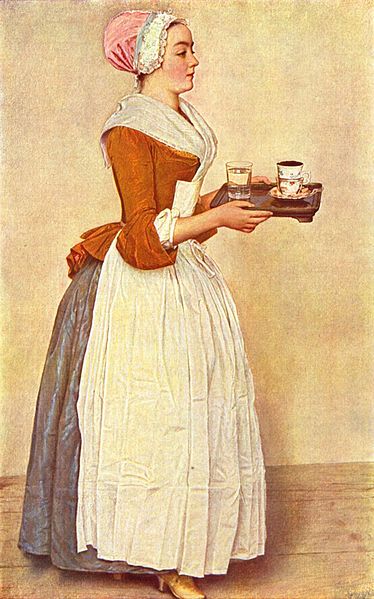
Some are assured that Irish slaves were the first ones who arrived on the sugar plantations of Barbados in 1619, four months before the arrival of the first shipment of African slaves. That thousands of convicts, beggars, homeless children and other undesirable English, Scottish, and Irish lower class were transported to America against their will to the Americas on slave ships.
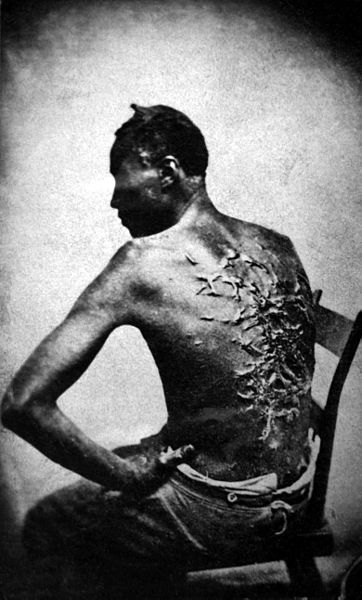
There is a paper The Myth of ‘Irish slaves’ in the colonies written by the historian Liam Hogan in which he explains that “Persons from Ireland have been held in various forms of human bondage throughout history, but they have never been chattel slaves in the West Indies.” Yes, it is true that thousands of Irish crossed the Atlantic to work as servants in America, but they did it willingly and worked under a contract with their ‘masters’.
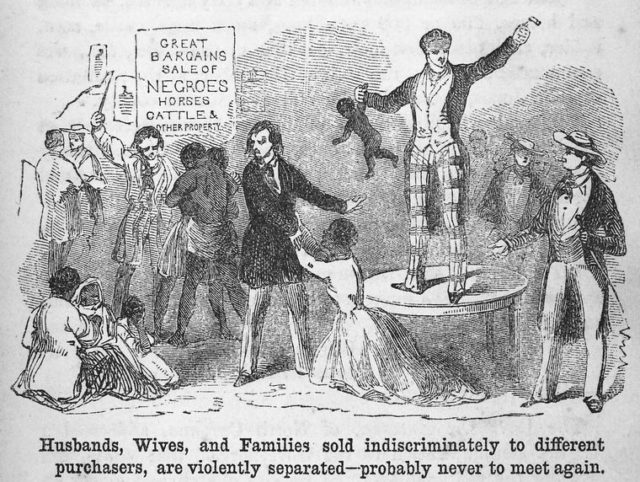
Even though they were called “white slaves” – a phrase that was employed as propaganda by the slave-owning South about the industrialized North, along with (false) claims that life was far harder for immigrant factory workers than for slaves, indentured servitude is far different from slavery.
They were treated as servants in America as much as they would have been treated as servants anywhere else. They might have been punished for certain misbehaviour but those punishments were never as extreme as the punishment for the actual slaves. While slaves’ children were born into slavery, servants’ children were born free. Servants could get an early release from their masters if they have been mistreated, or could have just wait until the end of their contracts while slaves remained slaves.
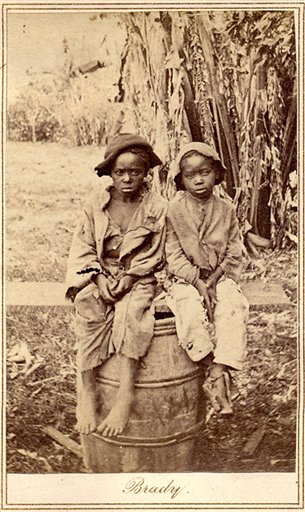
Myth #2: The Civil war was all about states’ rights, not slavery.
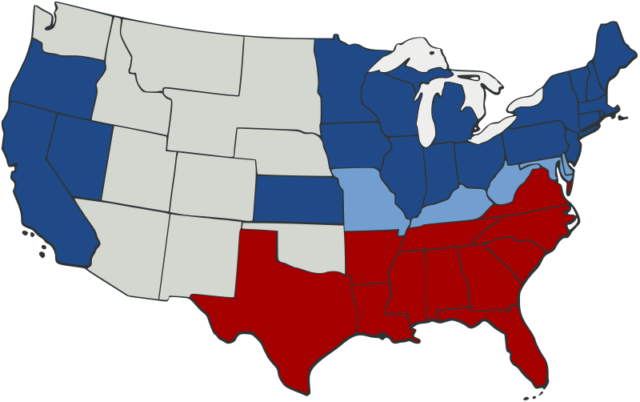
Southerners had no problem claiming the protection of slavery as the cause of their break with the Union—and the Civil War that followed. It is only later that the idea about the war was somehow not about slavery but about the issue of states’ rights.
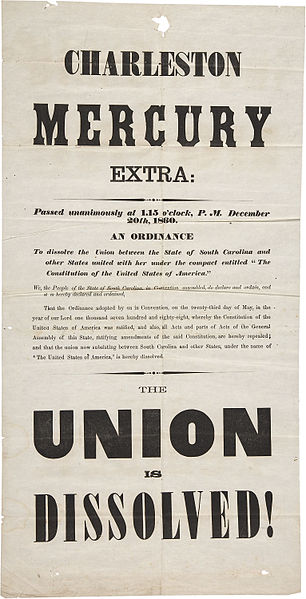
On Dec. 24, 1860, delegates at South Carolina’s secession convention adopted a “Declaration of the Immediate Causes Which Induce and Justify the Secession of South Carolina from the Federal Union.”
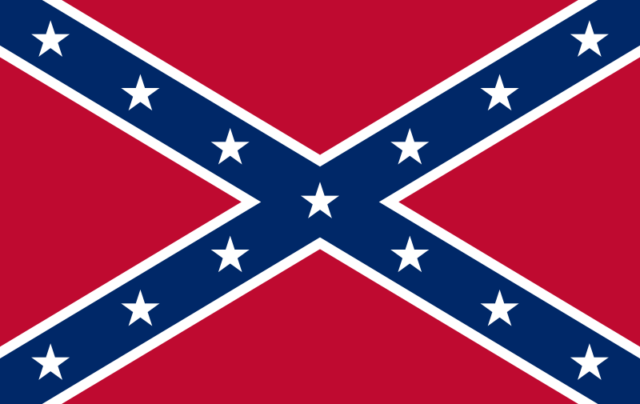
It noted “an increasing hostility on the part of the non-slave holding States to the institution of slavery” and protested that Northern states had failed to “fulfil their constitutional obligations” by interfering with the return of fugitive slaves to bondage.
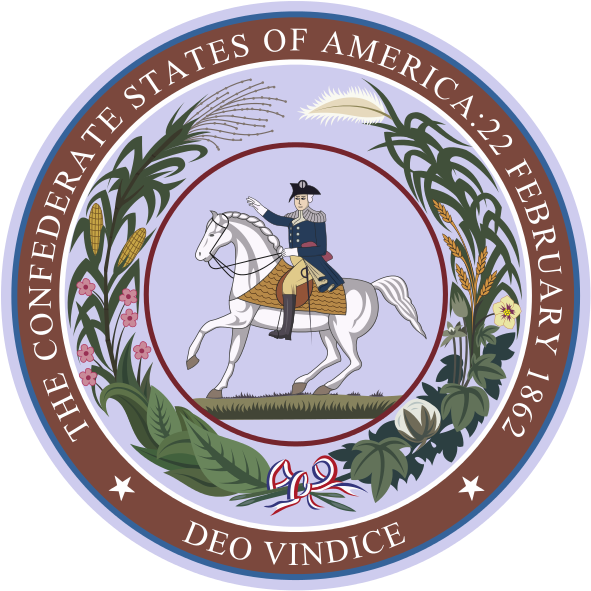
As James W. Loewen, author of “Lies My Teacher Told Me” and “The Confederate and Neo-Confederate Reader,” wrote in the Washington Post: “In fact, Confederates opposed states’ rights — that is, the right of Northern states not to support slavery.”
Slavery, not states’ rights, birthed the Civil War.
Myth #3: Southerners didn’t own that many slaves. Only a small percentage.
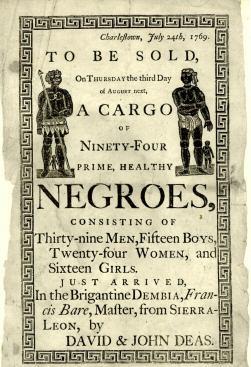
The 1860 census shows that in the states that would soon secede from the Union, an average of more than 32 percent of white families owned slaves. Some states had far more slave owners (46 percent in South Carolina, 49 percent in Mississippi) while some had far less (20 percent in Arkansas).
The South was a slave society, built on a foundation of slavery. Many of those white families who couldn’t afford slaves aspired to, as a symbol of wealth and prosperity. Or as James W. Loewen writes in his Washington Post:
two ideological factors caused most Southern whites, including those who were not slave-owners, to defend slavery. First, Americans are wondrous optimists, looking to the upper class and expecting to join it someday.
In 1860, many subsistence farmers aspired to become large slave-owners. So poor white Southerners supported slavery then, just as many low-income people support the extension of George W. Bush’s tax cuts for the wealthy now.
But don’t blame the Southerners just as racist. The Southern elite was growing ever richer at the time and unpaid labor provides big profits, and who would give up such an immense interest without a war?
Myth #4: The Union went to war to end slavery.
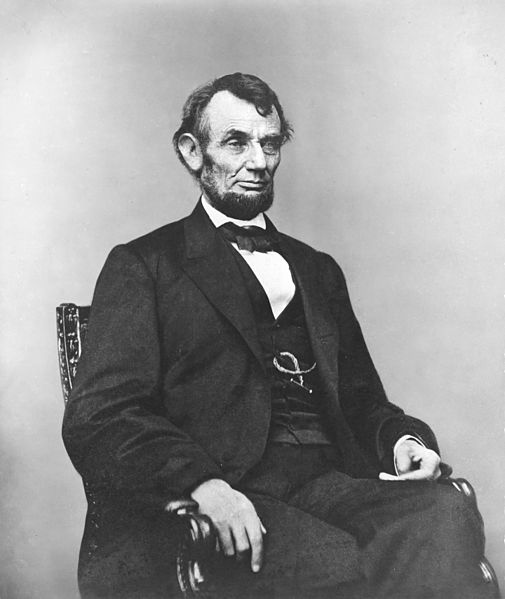
The Union soldiers and their leader Abraham Lincoln weren’t fighting with the purpose to end slavery, but to hold the nation together. It was the slaves themselves who helped emancipation to become a military aim.
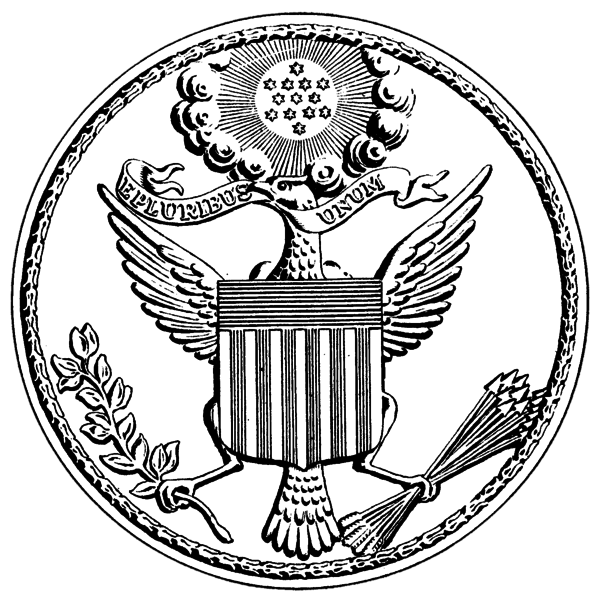
On Aug. 22, 1862, President Lincoln wrote a letter to the New York Tribune that included the following passage: “If I could save the Union without freeing any slave, I would do it; and if I could save it by freeing all the slaves, I would do it; and if I could save it by freeing some and leaving others alone, I would also do that.
What I do about slavery and the colored race, I do because I believe it helps to save the Union; and what I forbear, I forbear because I do not believe it would help to save the Union…I have here stated my purpose according to my view of official duty and I intend no modification of my oft-expressed personal wish that all men everywhere could be free.”
On January 1863 Lincoln announced the Emancipation Proclamation. More a practical wartime measure than a true liberation, it proclaimed free all slaves in the rebel states, but not those in the border slavery states, which Lincoln needed to remain loyal to the Union.
Myth #5: Black soldiers fought for the Confederacy.
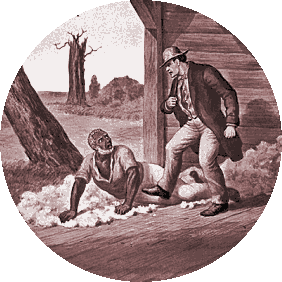
Oh no, there were indeed slaves on the front, but they served the Confederacy troops on the front just as they would serve in their homes – as slaves. They cooked, cleaned and performed other labors for the White officers and their regiments. But there’s no evidence to suggest that significant numbers of black soldiers fought under the Confederate banner against Union soldiers.
In fact, until March 1865, Confederate Army policy specifically prohibited blacks from serving as soldiers. Only in the last weeks of the conflict, the blacks were given an opportunity to participate in the war, but there wasn’t much time left for them to be trained and get on the front – the war ended.
On the notion of “black Confederates,” Brooks Simpson writes: “There does appear to be a pattern of distortion, deception, and deceit in the use of these pieces of evidence to make a case for the presence of African Americans in the Confederate army as willing participants in fighting for the cause of southern independence.”
